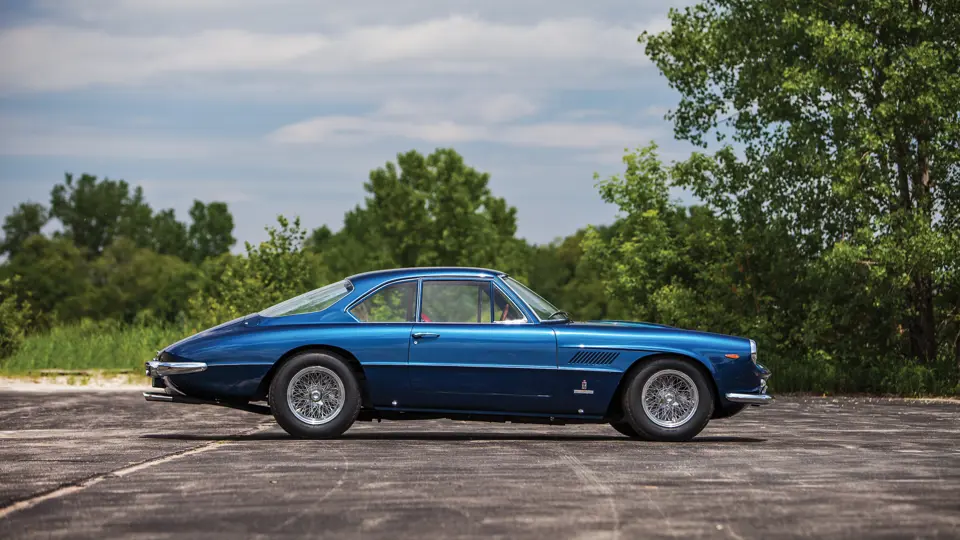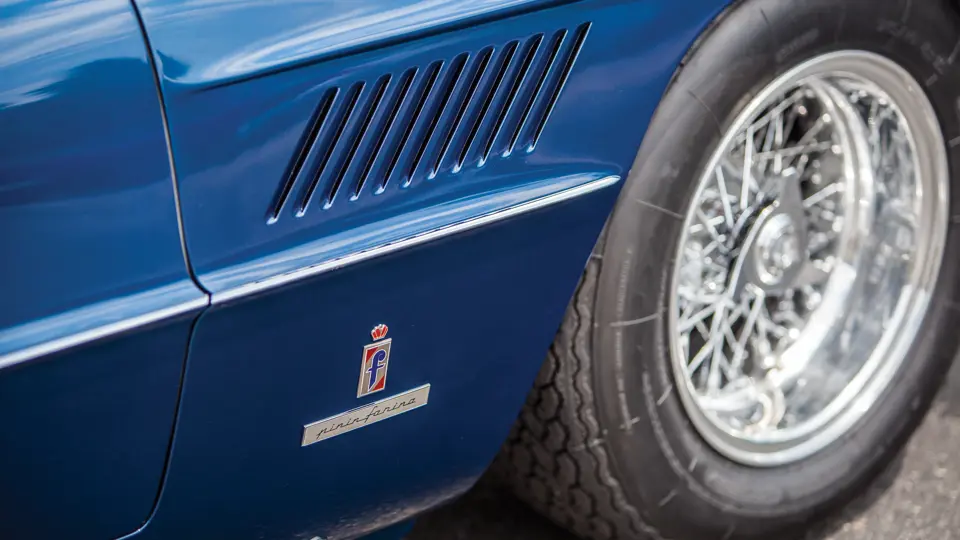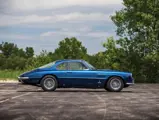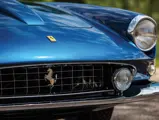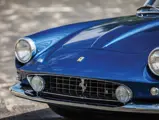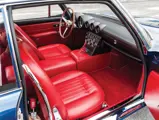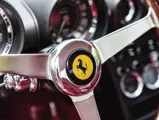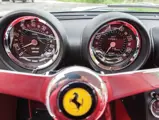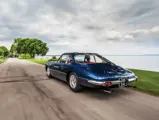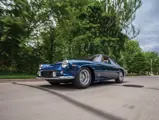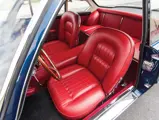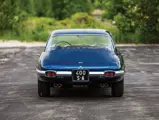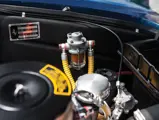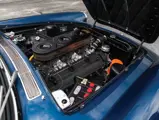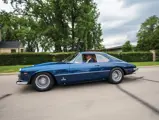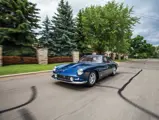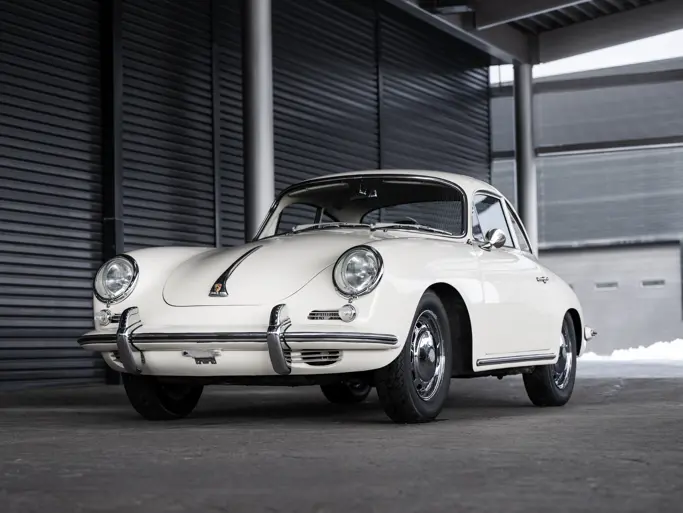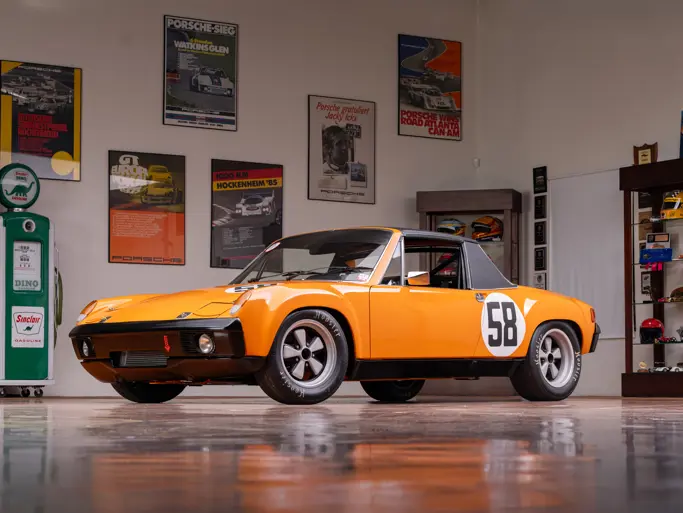
1963 Ferrari 400 SA LWB Coupe Aerodinamico Series II by Pininfarina
{{lr.item.text}}
$2,915,000 USD | Sold
{{bidding.lot.reserveStatusFormatted}}
- The sixth of eighteen Series II long-wheelbase examples
- The third of four open-headlight Series II Coupes
- Matching-numbers example; Ferrari Classiche certified
- Single owner for 30 years
- Recent comprehensive restoration by Motion Products Inc.
340 bhp, 3,967 cc SOHC V-12 engine with three Weber 40 DCZ 6 carburetors, four-speed manual gearbox with overdrive, independent front suspension with unequal length A-arms and coil springs, live rear axle with semi-elliptic leaf springs and parallel trailing arms, and four-wheel hydraulic disc brakes. Wheelbase: 102.3 in.
By the dawn of the 1960s, the concept of a premium, luxury grand touring Ferrari had come a long way. From the 342 America of 1953 to the 410 Superamerica that debuted in 1956 and continued through three series of limited production, the gradual development of a top-shelf grand tourer with no direct relation to the marque’s competition cars confirmed Enzo Ferrari’s admission that luxury cars were useful to Maranello’s overall strategy. Yet, despite the beautiful exterior design, the sophisticated interior appointments, and the powerful Lampredi engines that graced the early Superamericas, the 410 models were known to be heavy, unforgiving cars that were somewhat limited by drum brakes and four-speed gearboxes.
At the Turin Auto Show in October 1959, Ferrari addressed these limitations with a new Superamerica, one that was clothed in unique brushed aluminum coupe coachwork by Pinin Farina. Although the body shell on chassis number 1517 SA was essentially a one-off, the show car’s underpinnings were soon produced in series in the 400 Superamerica. This model most principally differed from its predecessor by the use of the Colombo short-block V-12, which was bored from its 250 GT dimensions to displace almost four liters and was fitted with the outside-plug arrangement proven to be so effective in the Testarossa sports racers. The 400 also improved upon the 410 with the use of Dunlop disc brakes all around, as well as an overdrive that increased the top-end ratio by 28 percent. In every way, this was a car that was eminently easier to drive and was a better performer under most road conditions.
Initially, the early 400 Superamerica examples were built on the company’s shorter 2,420-millimeter wheelbase and clothed in cabriolet bodies by Pinin Farina, but that all changed with the appearance of a new show car at Turin in November 1960, one year after the prototype’s debut. That car, chassis number 2207 SA, was dubbed the Superfast II, and it featured a revolutionary take on body aerodynamics, with a pointed open-mouth nose leading to a slippery roof and belt lines that converged in a delicately swooped fastback tail. Such an emphasis was placed on a clear unobstructed profile that the car even featured retractable pop-up headlights and rear wheel skirts.
These last two features were removed when the car appeared the following year at Geneva, as it was now wearing a design that basically became the blueprint for Pininfarina’s Coupe Aerodinamico body style, which debuted in production form on chassis number 2373 SA. As with the 410 Superamerica before it, no two Aerodinamicos were precisely the same, and its semi-custom coachwork became the predominant body style throughout the remainder of Series I 400 Superamerica production.
At the London Motor Show in September 1962, Ferrari introduced a second-series 400 Superamerica on chassis number 3931 SA, which featured the Aerodinamico body style now mounted on the 250 GTE’s 2,600-millimeter chassis, with the longer wheelbase becoming the platform of choice for the remaining cars. By the time Series II production came to a close in 1964, approximately 18 long-wheelbase Coupe Aerodinamicos had been constructed, with only 35 Series II examples being produced in total (including the earlier short-wheelbase examples). The 400 Superamerica was the ride of choice for sporting aristocrats and extremely well-heeled clients, including such owners as Gianni Agnelli, Michel Paul-Cavallier, Count Volpi, and Nelson Rockefeller. It continues to be regarded as one of Ferrari’s most exclusive luxury cars and one of the progenitors of a longstanding tradition of limited-production flagship Ferrari grand tourers.
Chassis number 4113 SA is the twenty-third Aerodinamico-bodied 400 Superamerica and the sixth long-wheelbase Series II car built. In a further distinction of rarity, the car is the third of just four Series II Coupes to feature open headlights, which improve nighttime visibility and lend it to a more singular appearance. Job number 99548 entered Pininfarina’s Grugliasco plant in October 1962, where it was finished in Grigio Argento and upholstered in Nero Connolly leather, and it was finally completed on April 13, 1963. On May 30, the 400 was sold to its first owner of record, Farinac Fassi of Carazza, Italy, a principle at the Instituto Biochimico Farmaceutico Fassi in Turin. The Superamerica was registered the following month on Turinese plates TO 543644, and it was then returned for service to the factory’s Assistenza Clienti in Modena in June 1964, at which point the odometer displayed 23,118 kilometers.
In June 1966, chassis 4113 SA was sold to its second owner, Giuseppe Vito Sturda of Brindisi, Italy. Mr. Sturda registered the Aerodinamico with Brindisi tags that September, and the plates remained on the car until the registration was cancelled in January 1969, which was due to the Ferrari’s importation to the United States. By the late 1970s, this Superamerica was spotted in Los Angeles wearing Rosso Corsa and a beige interior. The car was then sold in August 1980 to Ferrari West of Monterey, California, and soon thereafter, it was purchased by San Francisco resident Helga Ezazi.
Less than two years later, 4113 SA found a more permanent home with Richard Mazer, a lawyer in San Francisco, who would retain possession of the rare Ferrari for 30 years. Mr. Mazer minimally drove the Superamerica, and with no inclination to display it or become active in the Ferrari niche, the car remained largely idle and, ideally, garaged for most of this period. In 2011, Mr. Mazer commissioned a partial rebuild of the matching-numbers V-12 motor, and following the completion of this work, he offered the car for sale. After three decades of ownership, Mr. Mazer parted with this Coupe Aerodinamico, and it was acquired by an enthusiast based in New York.
In July 2013, this outstanding 400 Superamerica was delivered to the Ferrari specialists at Motion Products Inc. in Neenah, Wisconsin, for a complete ground-up restoration. As such, everything was rebuilt, refinished, or replaced where necessary. The work included, but was not limited to, rebuilding the top half of the engine with new springs and valves, replacing the chain tensioner, and rebuilding the water pump and carburetors. The brakes were also rebuilt, as was the suspension with new rear bushings, and all of the components were properly replated. The wiring harness was also replaced, with all switches and lights being properly refreshed, and the ANSA exhaust was refinished.
Cosmetically, the body was stripped to bare metal, meticulously repaired, straightened, aligned, and then repainted in a deep coat of Blu Sera Metallizzato paint, while the interior was trimmed with proper red Wilton carpeting and matching red leather. The steering wheel and dashboard were reconditioned, a new headliner was installed, and the interior metal trim pieces were rechromed. Finally, new Ruote Borrani wire wheels were fitted and mounted with Pirelli Cinturato tires. The precision restoration was finished in June 2014 and has left the car in breathtaking overall condition, resulting in a car that has faultless performance and is in exquisite cosmetic condition.
This superlative and rare Coupe Aerodinamico is complete with proper manuals and a correct tool kit and jack, and it has recently completed certification by Ferrari Classiche, which validates it as a factory-authenticated matching-numbers example. This is an outstanding example of one of Ferrari’s most luxurious grand tourers, and it is further bolstered by service documentation dating back 25 years and current restoration receipts and photographs. As it has never before been exhibited, it would make an excellent candidate for national FCA events, such as the Cavallino Classic, or any premium concours d’elegance, such as Pebble Beach or Amelia Island.
With its rare headlight configuration, 4113 SA is the quintessential Maranello road car, and it offers dedicated collectors an opportunity to experience the marque’s pinnacle of luxury.

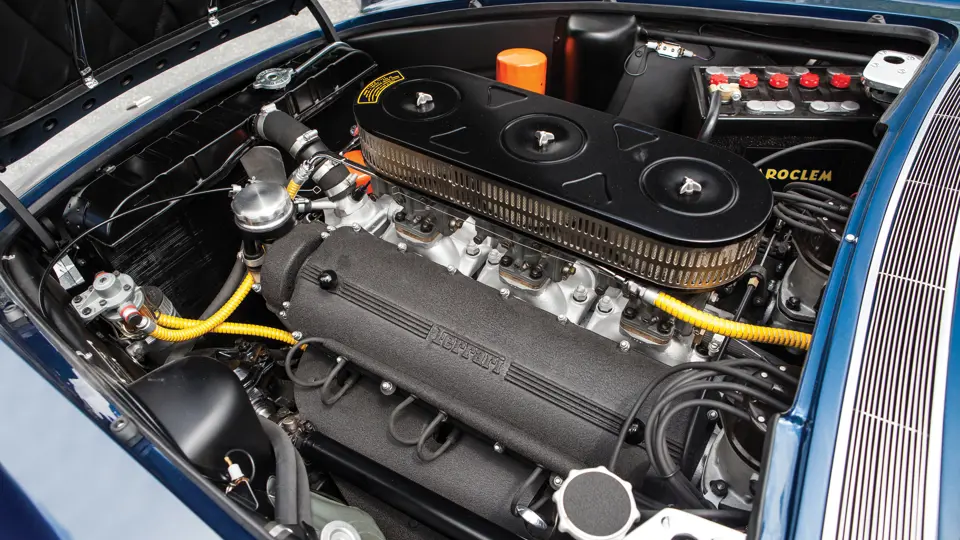


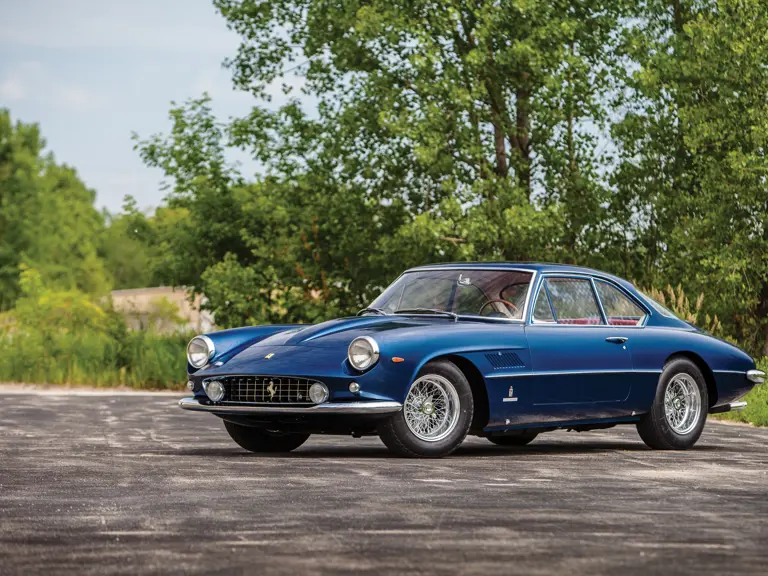
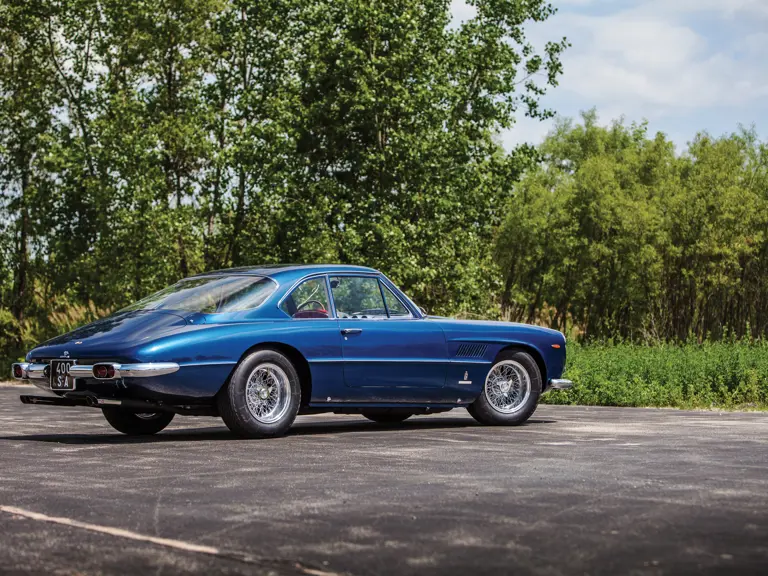
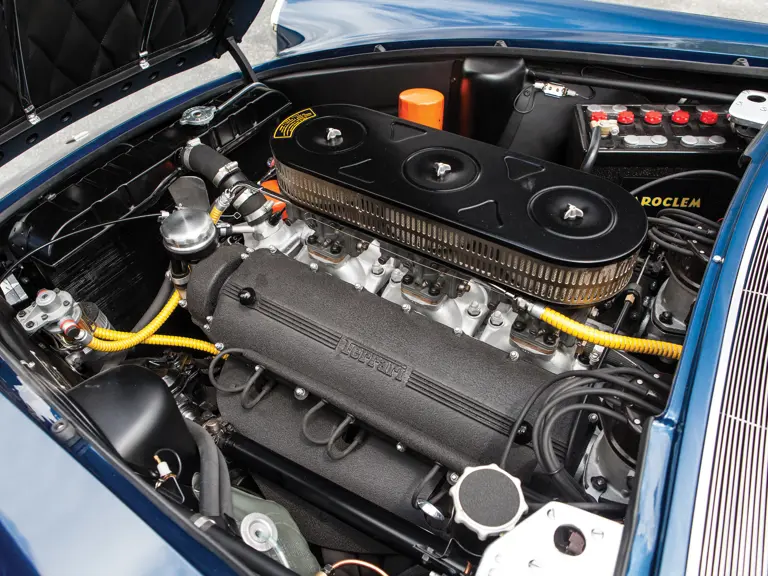
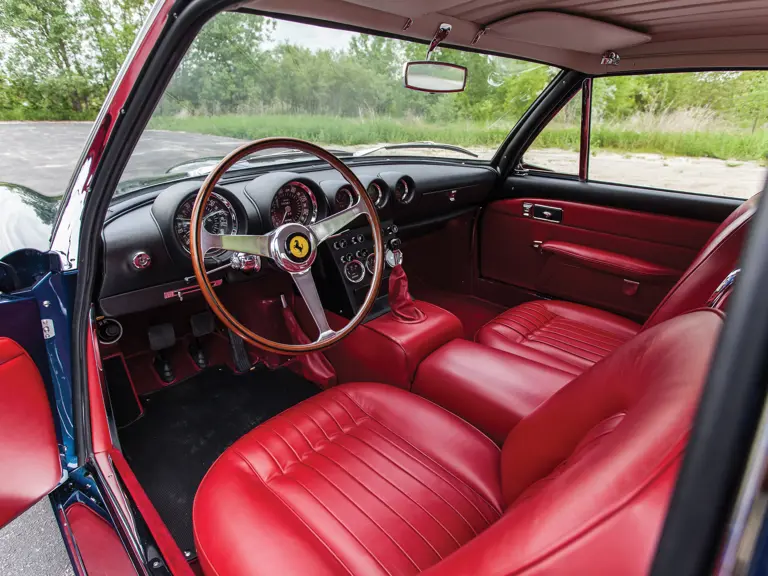


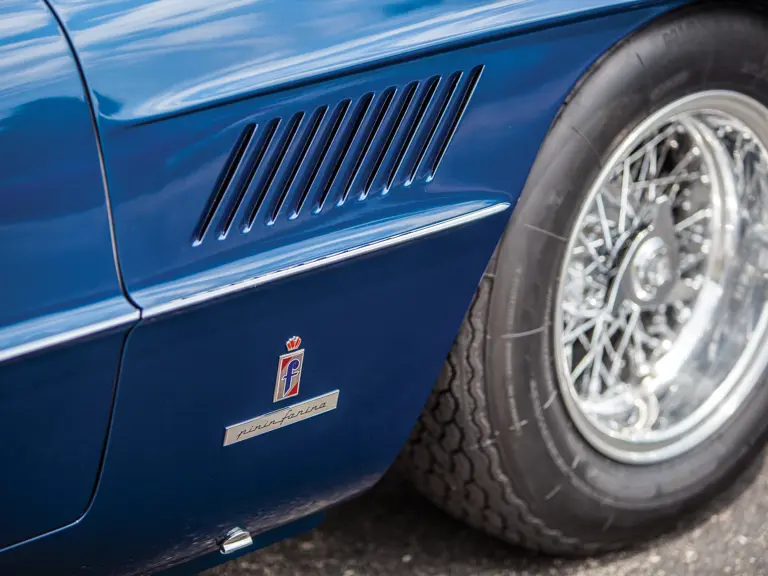

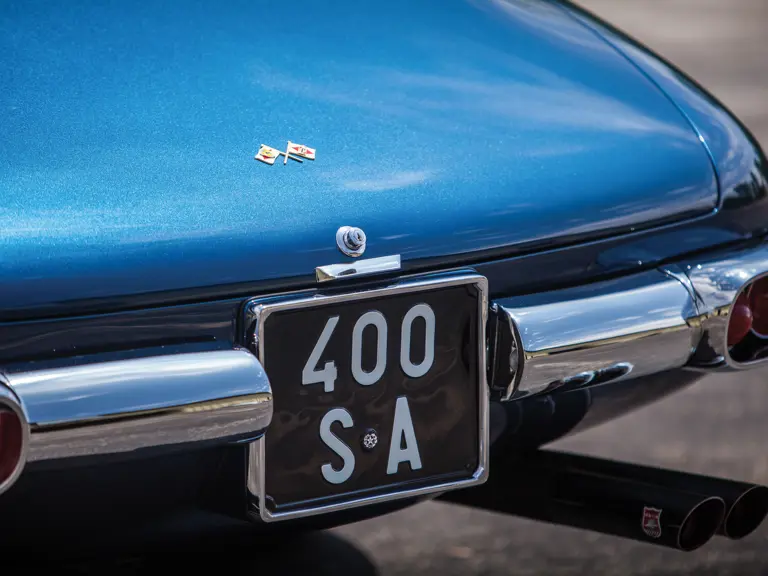
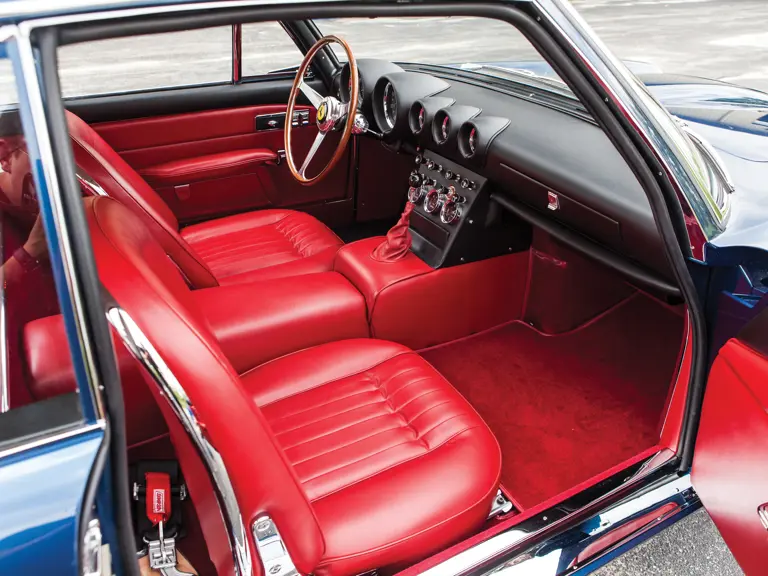


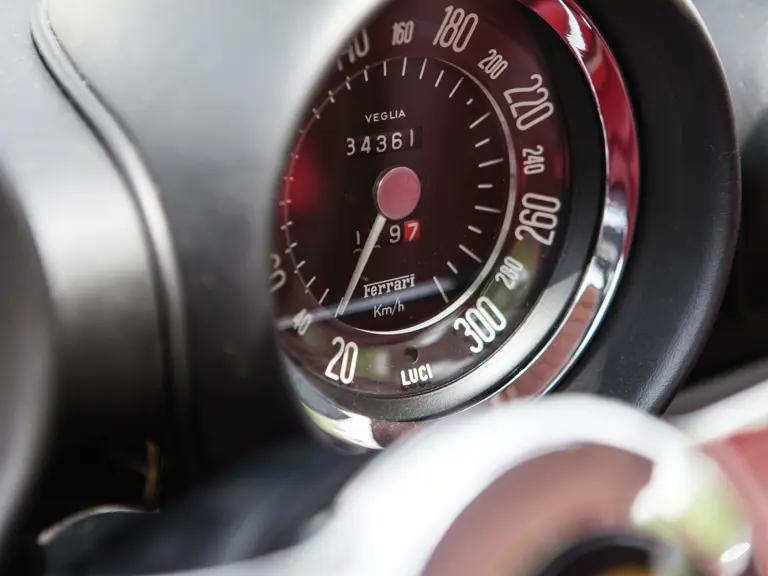
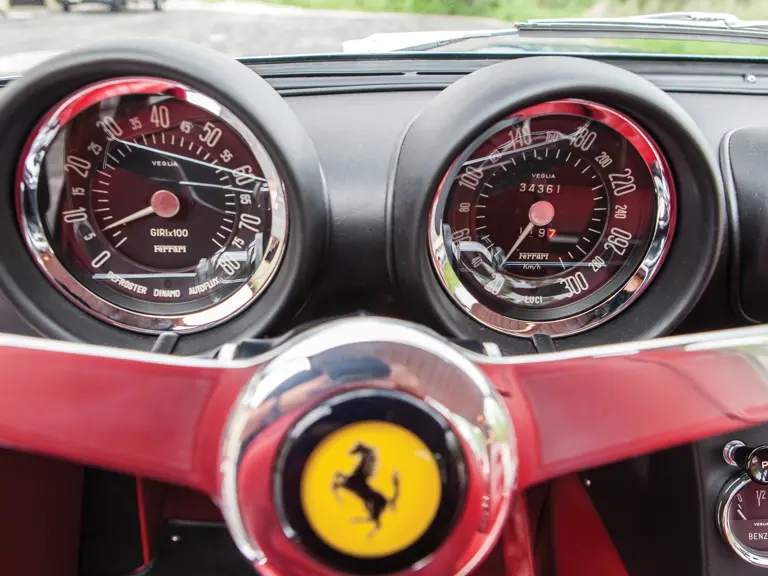
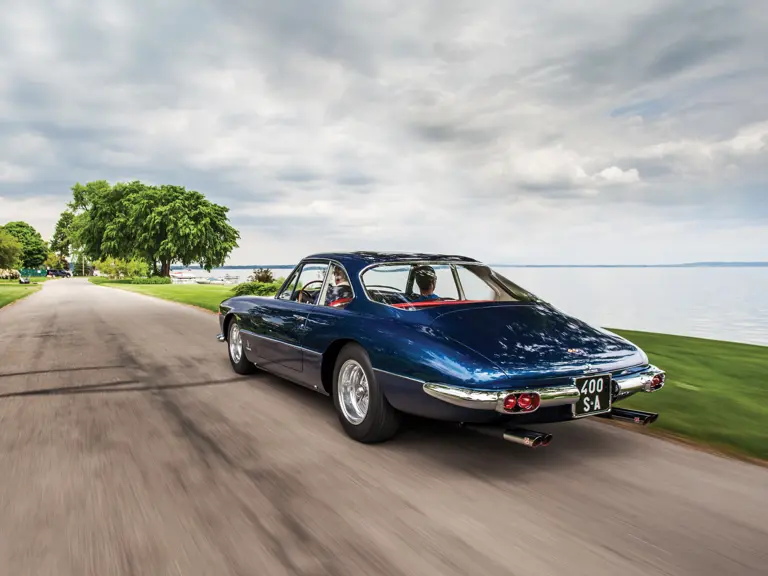
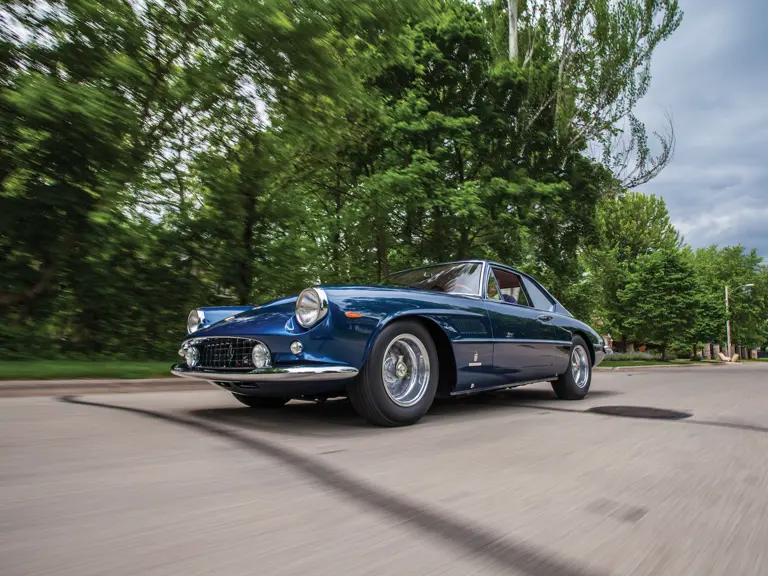

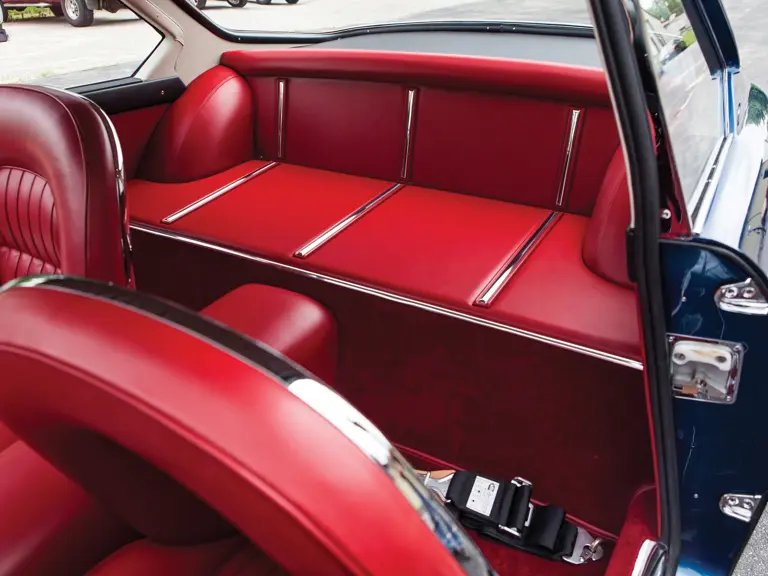
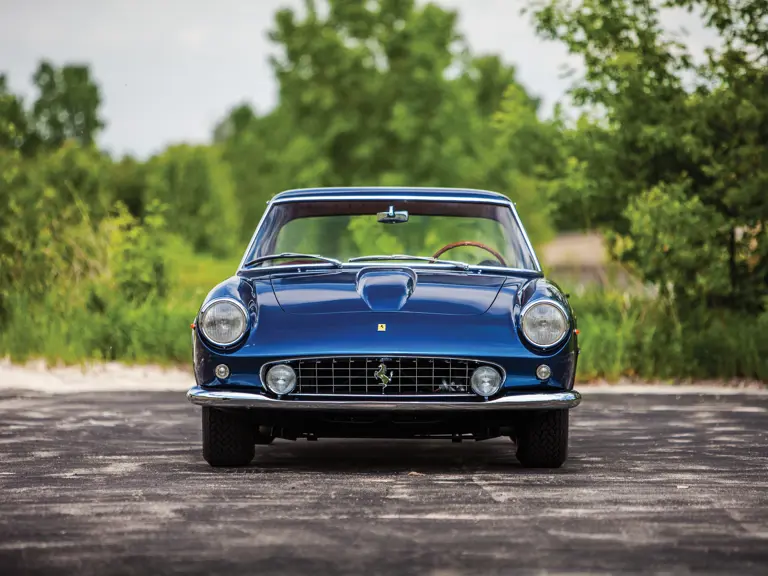
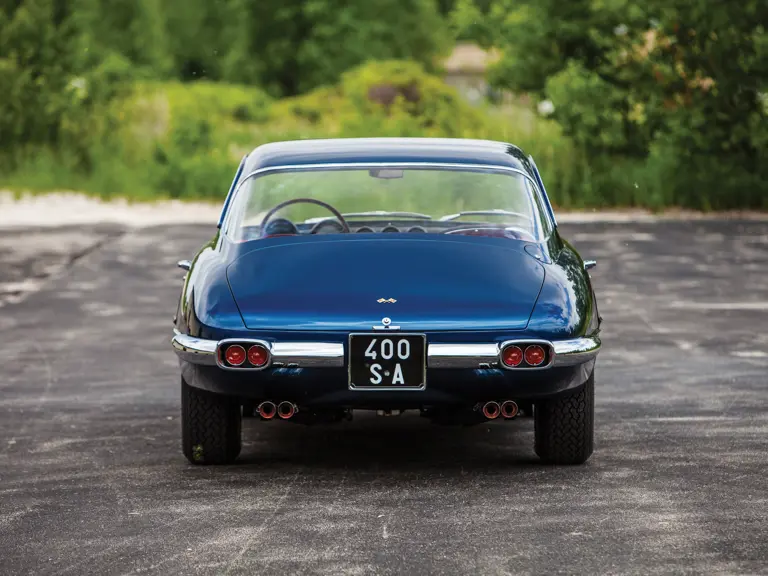


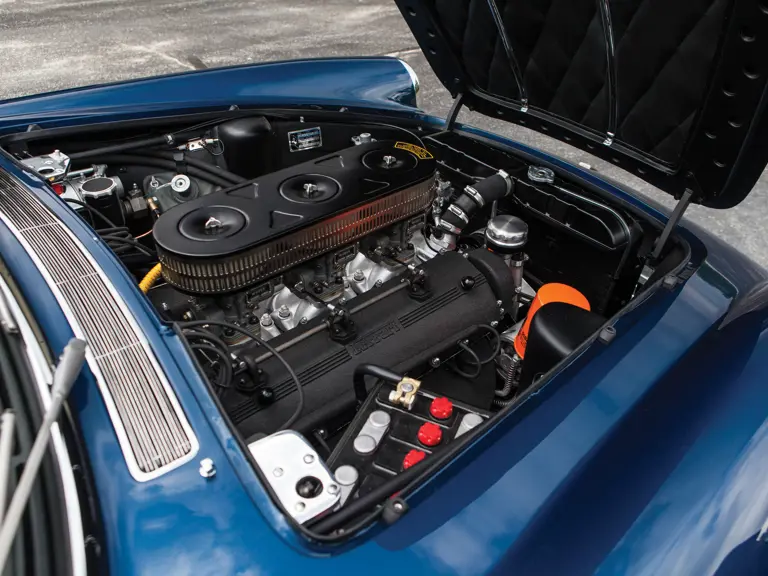


 | Monterey, California
| Monterey, California
